Using AI for Reverse Engineering.
A simple workflow and a roadmap for what’s next.
One side project I've never had the time—or the programming chops—to tackle is rebuilding those age-old yet useful web apps that have been around for decades. Sites that provide reference information, quick calculations, or generate QR codes and other useful, but simple items.
These sites still serve a purpose, but they're missing the features and information I want. Now, after seeing what some of my former students can do with so-called “vibe-coding”, I decided to see how well I can use AI to clone one of these old website, adding updates and features.
By the way, you’d be surprised how much traffic—and ad revenue—a static site like Calculator Soup can generate. It is thousands per month.
Target product: When2Meet.
When2Meet is a web-based scheduling tool for coordinating group availability, simpler than a Doodle poll. It requires no logins or accounts—you can set a password per event—and it's been essentially the same since 2005. Twenty years!
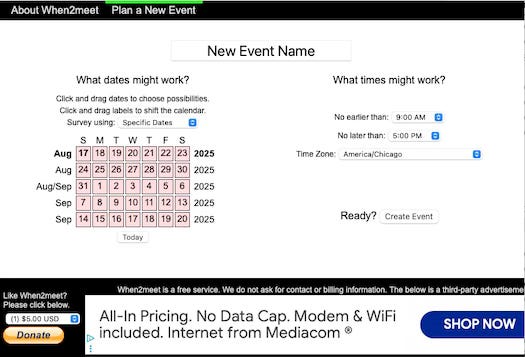
Step One: Describe When2Meet.
I started by mapping When2Meet’s features and user flow. For this, I used Dia—a web browser with a large language model built in. Dia, from The Browser Company (makers of Arc), routes your prompt to Gemini, ChatGPT, or Claude depending on which it thinks will work best to complete the task it gives you. It’s an interesting approach and having it in the web browser is a great way to use an AI.
With an LLM built into the browser, you can open a site and ask Dia about it directly. You can even reference multiple open tabs in a single prompt. And yes—you can log in to sensitive systems and have it work with the data it finds there; if I were a security professional, I’d be more than a little alarmed by AI-enabled browsers! But I digress.
I opened the When2Meet site, a YouTube how-to video, and the creator’s homepage—then gave Dia the prompt below.
It returned detailed information (click here to see the output), plus “bonus information” on features that competitors offer.
(BTW, Dia is Mac-only and in beta—but several other browsers now include LLMs. If you want a Dia invite, email me and I’ll send one.)
With that information safely tucked away on my computer, I moved on to…
Step Two: Use ChatGPT to make a PRD
A PRD (Product Requirements Document) is a document that outlines the requirements for a product, including its purpose, features, functionality, and user experience. Whether a human or an AI builds the app, a clear, detailed PRD is essential.
To generate a PRD for my When2Meet clone, I used a prompt from Tina Huang, which you can find here. (I recommend her videos—but I watch them at 0.5× just to keep up. 🤣 )
I dropped the prompt into ChatGPT and used the information that Dia generated in Step One to answer its questions. I decided to call my app we.rsvp, because that name was available (and still is, go for it!).
After thinking and some back and forth, ChatGPT supplied me with a detailed PRD (you can view here).
I then copied that to my computer and moved on to....
Step Three: Using Lovable to generate a first draft webapp.
I signed up for a Lovable account and started a new project. Lovable is a platform for building apps and websites by chatting with AI. This is a a unique way to create digital products—such as apps and websites—by interacting directly with artificial intelligence through chat. The platform is designed to simplify the development process, making it accessible for users who may not have traditional coding skills.
Note: Lovable is not the only site that works this way, these "Vibe-coding" sites are the hotness in AI right now. For a list of some of them, click here (thanks Zapier). Lovable does seems to be doing well in this field, it looks like they will hit $1 billion in ARR this year.
I uploaded my PRD to Lovable and let it run. About 7–10 minutes later, Lovable produced a draft web app. It had usability and functionality issues, but they were simple to fix—I told Lovable, in the simplest terms possible, what wasn’t working or what I wanted changed, and it fixed it. It handled everything, including all the SQL commands to create the backend database.
Here is sample exchange. I told Loveable’s chatbot: “When I share the event, the next person to pick dates doesn't see the first person's selections and the name in the participants list.” Here is its response.
After about 30 minutes of back-and-forth like the above, my When2Meet clone was ready. Behold—we.rsvp! Try it by clicking the image below.
In just 90 minutes, I built a functional—and hopefully better—version of When2Meet.
Ready for Production?
No.
When2Meet was a good candidate to re-create because, while it uses a database, it stores no private information—no user credentials or other sensitive data—so I’m not worried about a security breach that would make the backend database public.
If I were building a site that did handle sensitive data, I’d be more than a little wary of releasing it without a full review by someone who truly understands database security. The catch is that Lovable makes it too easy to hit the Publish button. For an app like we.rsvp, that’s fine; for many business apps, security is critical—and a leak can carry enormous legal consequences.
Also, many code reviews that I have watched of vibe-coded apps, make it clear that they are not ready for production, and have a large amount of technical debt that would make it difficult to scale. For example calling entire libraries of code just to make a simple math calculation. It is uncertain if Vibe-coded apps can actually scale as they currently stand. However, this field will change rapidly and I suspect that building scalable apps with minimal security risk will (or perhaps is) possible now.
If you want to explore some of the issues with vibe coding in a production environment, here are a couple of videos to get you started.
Vibe-Prototyping?
While vibe-coded apps might not be for large scale use or production environments—yet—they are extremely valuable for entrepreneurs to develop proof of concepts and prototypes. For student entrepreneurs—and entrepreneurs of any age—these tools are extremely powerful ways to test an idea fast.
As I’ll discuss in an upcoming post, it’s not just programming that can be done quickly. AI tools can generate three-dimensional models ready for manufacturing or 3d printing, and others can design circuit boards you can wire up fast. I think this will have an enormous impact on manufacturing, which has struggled to keep pace with innovation. These tools will turn ideas into working prototypes—and products—faster than ever. And simultaneously, innovations in how we actually make things, will change the manufacturing sector forever (and perhaps in ways that not everyone will like).
Next steps.
There’s one website I’ve been wanting to re-create and update—one I use regularly. No spoilers, but I plan to take a crack at building a better version of this resource—one that ranks among the top 1,000 sites on the web by some metrics.
But let’s say I do build a better version ofthis website. Getting people to switch will be hard—search engines have decades of links pointing to the incumbents, and AI systems have also learned from those links. Persuading them to redirect traffic to my site could be challenging.
That’s where AI might help as well. AI agents—scripts paired with large language models—can act semi-autonomously and interact with the wider web. My plan is to use Lovable and the process above to re-create this a site, then deploy agents to engage people to try my version. For example, agents could monitor and respond in relevant forums on my behalf, highlighting the fantastic new site I’ve built.
I plan to run a couple of experiments to see if this approach works and report back in the coming months. As always, your comments are welcome below.
My commentary may be republished online or in print under Creative Commons license CC BY-NC-ND 4.0. I ask that you edit only for style or to shorten, provide proper attribution and link to my contact information.
Want to learn AI with me?
My friend Tojin T Eapen and I are about to release a series of courses about AI. These will be practical, hands-on courses, with limited cohorts and one or more meetings on zoom. A few will be available for free, most will be available for a modest price, and a couple will be available for an immodest price 😄.
Our target market is folks like you, non-techies who need to understand how to use AI tools and what tasks they are best at.
If you were to sign up to take an AI course, what would you want to learn? How to use for product innovation? How to use it to create cartoons for your courses? Just the basics of prompts? Or the latest on how to build an AI Agent? If you can take a moment and let me know by completing this form, I’d appreciate it. And enter your name and email if you want to be notified when the first course launches and get a discount on paid courses!
📥Recent Talks, News and Updates
I was also profiled in the Boomtown Supplement for the Columbia Missourian in April. You can read it here.
👍 Products I Recommend
Products a card game for workshop ideation and ice breakers (affiliate link). I use this in my workshops and classes regularly.
📆 Upcoming Talks/Classes
I will be presenting “AI Agents: Friend or Foe?” for the Human Resources Association of Central Missouri on September 9th at 8:30 am. Details about the program will be posted here.
Description: AI “agents” are the next step beyond chatbots: digital teammates that set goals, take actions across your apps, and finish real work while you sleep. Prof C will explain—in plain language—how these tireless helpers can streamline HR tasks like onboarding and analytics … and why the same autonomy can create new risks if we’re not careful. Join us to learn simple guardrails for deciding when an AI agent is a friend, when it might become a foe, and how to stay firmly in control.
I will be presenting “AI Strategies” for the Red River Valley Estate Planning Council, in Fargo, North Dakota on November 19. Details will be available here.




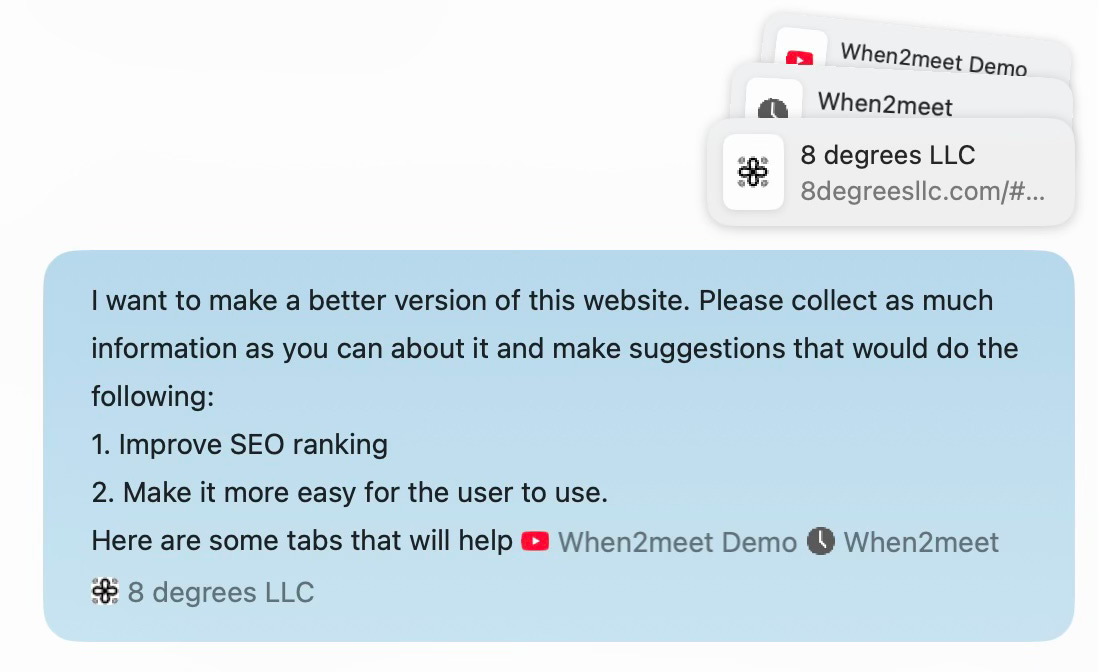
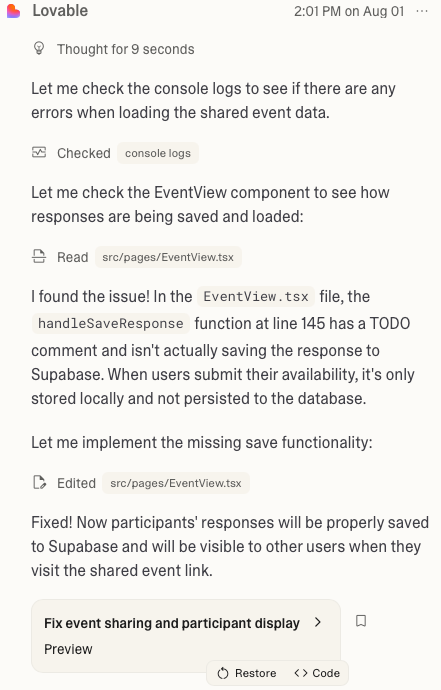
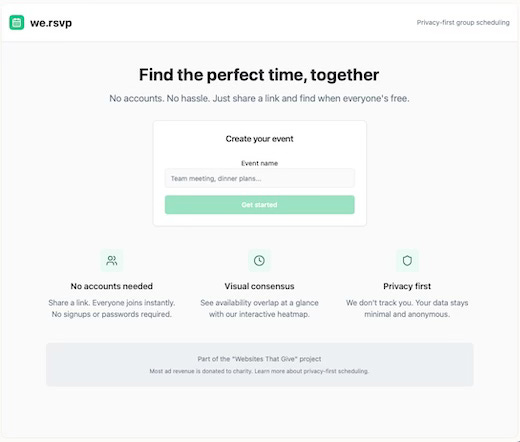
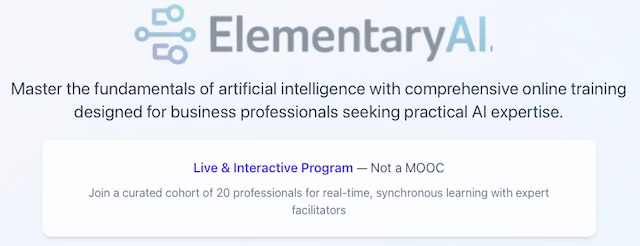
I’m doing this everyday with multiple use cases fast. I built sow.dougdevitre.org that creates the markdown file from a website or organization problem to solve. Im building relationship by building prototypes that add immediate value than their IT department has done all year.